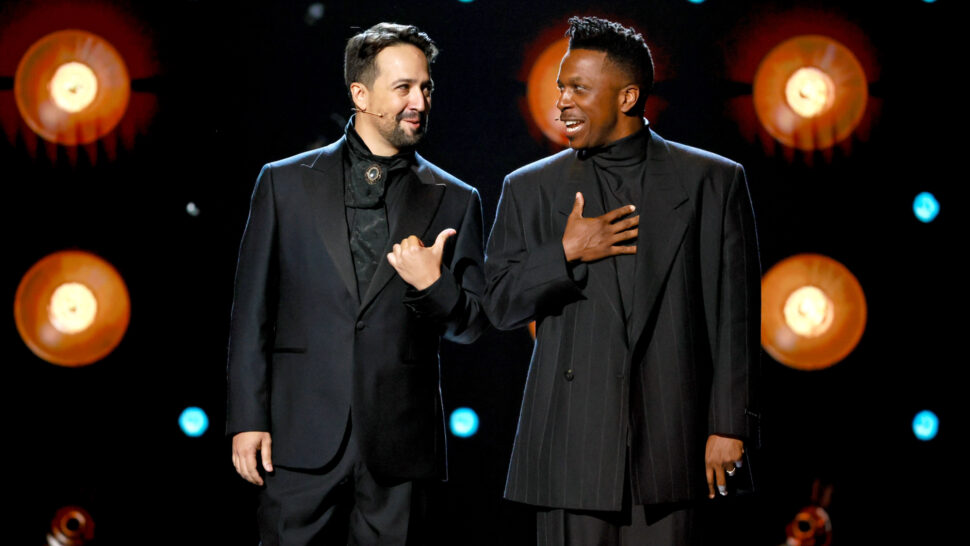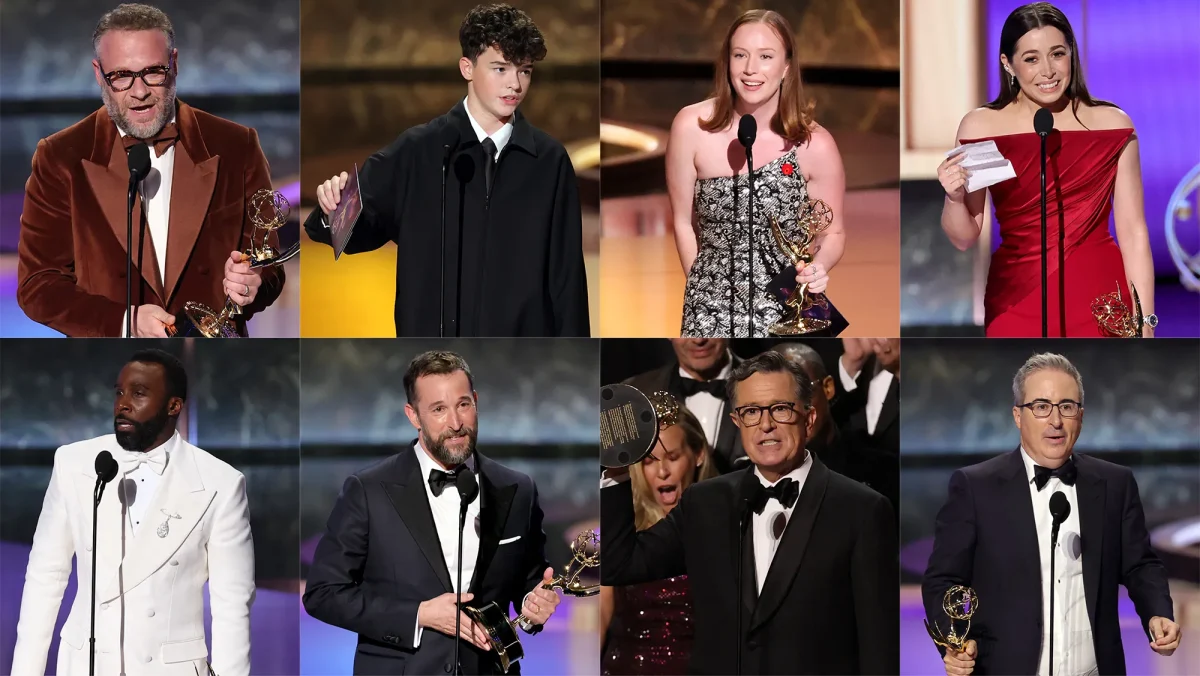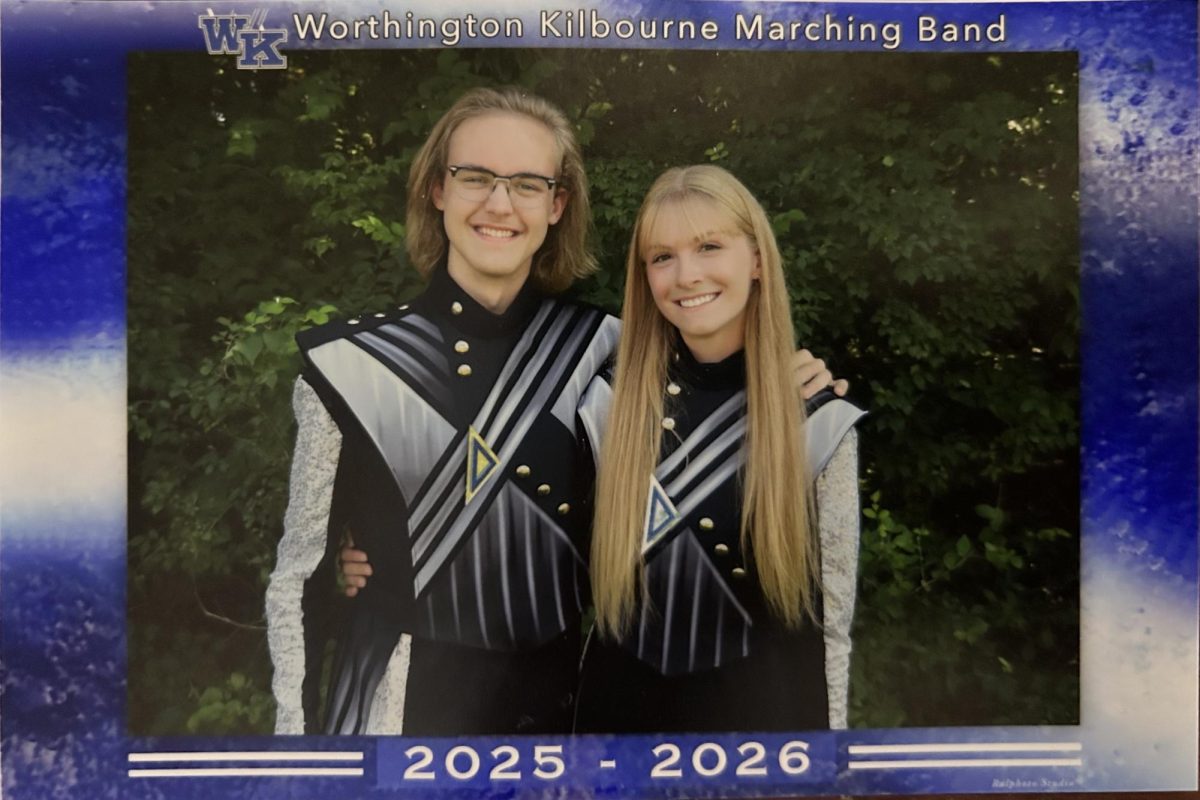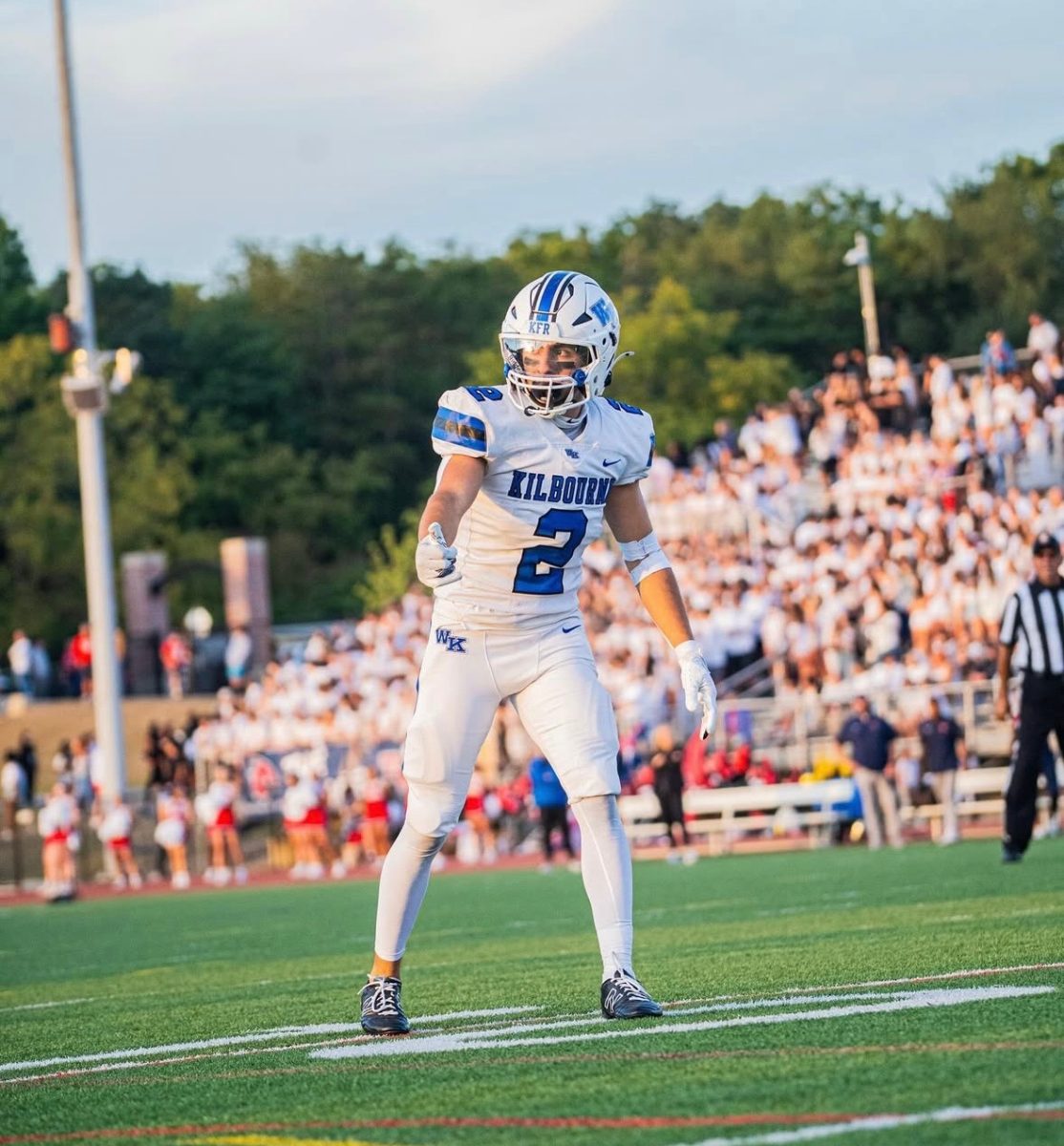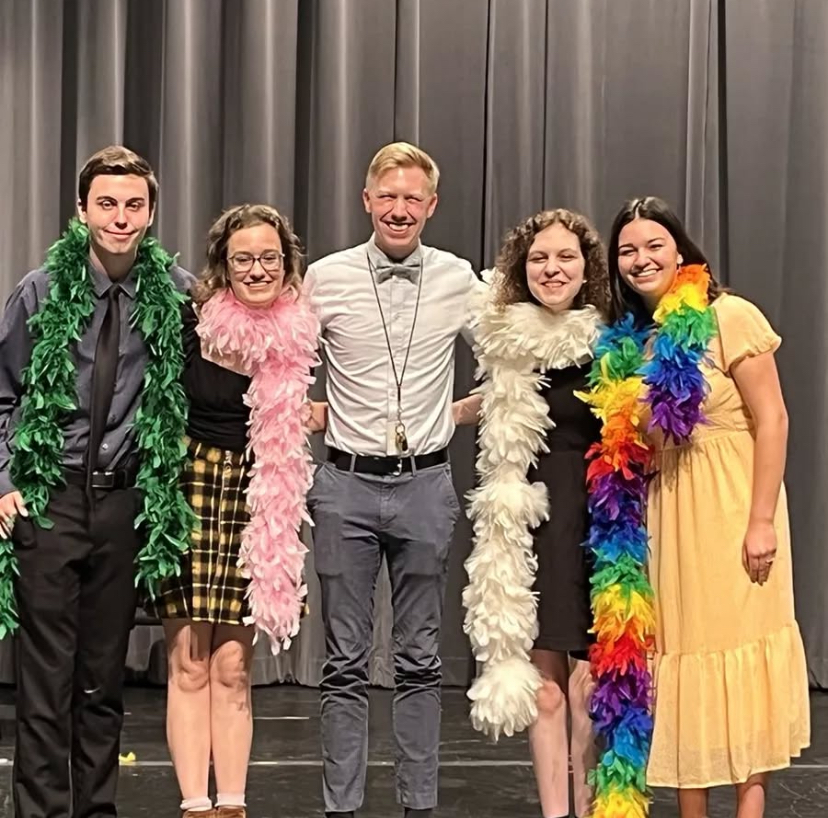In 2008, Lucasfilm released the animated show Star Wars: The Clone Wars. Written by George Lucas and Dave Filoni, the 7-season series tried to fill the gap between the films Attack of the Clones and Revenge of the Sith. I, like many other children in 2008, watched the show almost religiously due to its intense action, witty humor, and surprising sincerity. The show introduced many new characters to the long running franchise, including now fan favorites such as Captain Rex, Asajj Ventress, and Ahsoka Tano.

Ahsoka’s rise to popularity within the fanbase was mainly driven by her fun-loving personality, thought provoking stories, and strength of character. Even before the end of The Clone Wars, the character would become a recurring appearance in Star Wars animation, being seen in later shows like Rebels and Tales of the Jedi, both also written by Filoni. Now, over 15 years since her first appearance, Ahsoka finally has a show to call her own.
The story of Ahsoka follows the titular character, played by Rosario Dawson, on her quest to find an exiled adversary, Lars Mikkelsen’s Grand Admiral Thrawn, and stop his return to the galaxy. Joining her on this journey are Sabine Wren, a returning character from Rebels played by Natasha Liu Bordizzo, and Huyang, a millennium old droid played by David Tennant. Other supporting characters include Mary Elizabeth Winstead’s Hera Syndulla, Eman Esfandi’s Ezra Bridger, Ivanna Sakhno’s Shin Hati, and Ray Stevenson’s Baylan Skoll.

The general plot I found to be very interesting. The progression seems very simple on the surface: find out where Thrawn is, find out how to get there, and stop him. The first half of the eight-episode season fell victim to this simplicity, with many of the plot points being predictable to a mildly annoying degree. However, after the halfway mark of the show, I stopped being able to tell what would happen next. While some very clear plot points were still easy to forecast, there were enough plot twists within the back half to keep much of the story a mystery until the actual reveal.
While well developed, the show’s plot is a clear continuation of previous Star Wars projects, with many storylines leaning heavily into, or coming directly from other shows such as The Mandalorian and Rebels. The show expects the audience to at least have a basic understanding of the world before watching. Although this makes jumping into the show for long-time fans a breeze, those who aren’t as invested in the franchise may fall behind as they try to understand what’s going on.

Where the writing really shined, however, was with the characters. Like most other things in the show, the first half of the show was rough with the characters. Dawson’s Ahsoka, for example, had no personality to her within the first four episodes. She was portrayed as a stern, hardened swordsman who only focused on the task at hand. While she had moments of brief emotion around her student Sabine, she rarely showed any emotion at all. While this may have been an intentional choice by the writers, the character still feels flat. However, after the midway point of the show, there is a massive shift in her personality. For reasons that would spoil some of the best parts of the show, Ahsoka changes from a stern and callous mentor to a kind and humorous friend, mirroring her best appearances in previous projects.
Nearly every major character in the series has an arc that can be tracked throughout the entire show. Sabine struggles with her sense of identity and purpose, Hera battles her own society to restore her family, and so on and so forth. While many of the character’s stories are fun to watch develop and change throughout the show, the most memorable character in the cast was the late Ray Stevenson’s Baylan Skoll.

An uncompromising man on a mission, Baylan searches for a dark power that can help him break the cycle of violence in the galaxy. Stevenson brings such a power to the character that every time he is on screen, he grabs your attention. His presence always brings a new level to a scene and elevates the entire cast’s performance.
Baylan, as a character, acts almost as a foil to every previous protagonist in Star Wars. While other characters such as Grand Master Yoda or Emperor Palpatine seek to bring order to a chaotic galaxy, Baylan wants to wipe the slate clean and start fresh. This motivation brings a new tone to the Star Wars universe that is captivating to watch unfold. Unfortunately, however, Baylan’s story was cut short, as Stevenson passed away due to a heart attack in May of this year. His presence will be missed by many.

Aside from the story, the set design also catched my eye. Every planet and location has a specific tone to it that feels creative and unique. The planet Seatos, for example, features dark forests with oddly thin trees and a beautiful cliffside that displays the entire murky gray ocean to anyone who looks. Other planets, like Corellia and Coruscant, have a much more urban and sanitized style. This variety of location allows for the story to feel like an actual quest instead of a trip from point A to point B.
The final piece of the series that felt captivating to me were the fights and their choreography. Star Wars is built around one on one fights that elevate all the other aspects of the scene, whether it be emotions or set design. While some duels in the franchise are flashy and others simple, Ahsoka found a balance between the two. Many of the fights throughout the series feel like experienced martial artists fighting. They spend a lot of time sizing each other up, then going in for a flurry of strikes to win the duel. Each attack and defense feels necessary and important, with no actions being spent without purpose. This style of duel brings a level of intensity and excitement that the Star Wars universe has been missing for some time now.
With all this in mind, I would say that Ahsoka earns itself an eight and a half out of ten. The story, while simple, leads the audience on an incredible journey that highlights the characters and their actors’ performance. Each setting, fight, and moment of quiet adds to the plot and the journey of the characters. While it does have a rough start in the first half, the latter side is a massive improvement that brings everything together seamlessly. The story may be difficult for newcomers to get behind, but for the children who grew up watching Ahsoka’s journey for 15 years, this show is most definitely worth watching. If you haven’t watched it yet and are interested, the entire series is available on Disney +.





